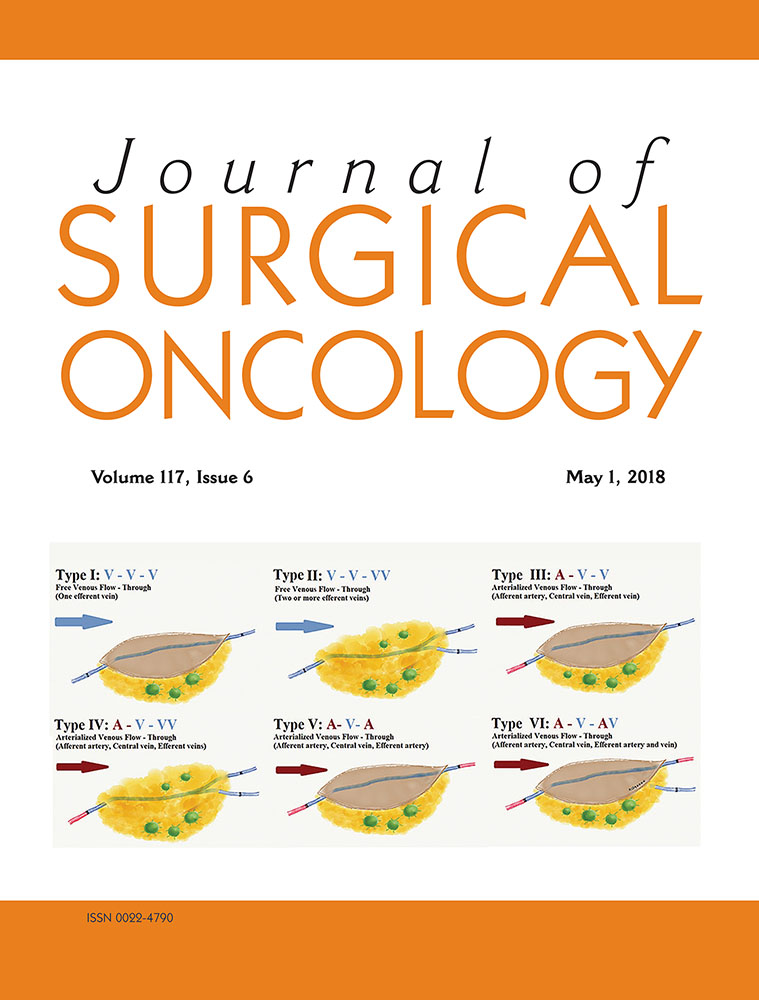Evaluation of fluorescence-guided surgery agents in a murine model of soft tissue fibrosarcoma
Abstract
Background and Objectives
Soft tissue sarcomas (STS) are mesenchymal malignancies. Treatment mainstay is surgical resection with negative margins ± adjuvant treatment. Fluorescence-guided surgical (FGS) resection can delineate intraoperative margins; FGS has improved oncologic outcomes in other malignancies. This novel strategy may minimize resection-associated morbidity while improving local tumor control.
Methods
We evaluate the tumor-targeting specificity and utility of fluorescence-imaging agents to provide disease-specific contrast. Mice with HT1080 fibrosarcoma tumors received one of five probes: cetuximab-IRDye800CW (anti-EGFR), DC101-IRDye800CW (anti-VEGFR-2), IgG-IRDye800CW, the cathepsin-activated probe Prosense750EX, or the small molecule probe IntegriSense750. Tumors were imaged daily using open- and closed-field fluorescence imaging systems. Tumor-to-background ratios (TBR) were evaluated. On peak TBR days, probe sensitivity was evaluated. Tumors were stained and imaged microscopically.
Results
At peak, closed-field imaging TBR of cetuximab-IRDye800CW (16.8) was significantly greater (P < 0.0001) than Integrisense750 (7.0), Prosense750EX (5.8), and DC101-IRDye800CW (3.7). All agents successfully localized as little as 1.0 mg of tumor tissue in the post-resection bed; cetuximab-IRDye800CW generated the greatest contrast (2.5). Cetuximab-IRDye800CW revealed strong tumor affinity microscopically; tumor fluorescence intensity was significantly greater (P < 0.0004) than 0.2 mm away from tumor border.
Conclusion
This study demonstrates cetuximab-IRDye800CW superiority. FGS has the potential to improve post-resection morbidity and mortality by improving disease detection.
CONFLICTS OF INTEREST
All authors declare that they have no conflicts of interest.




